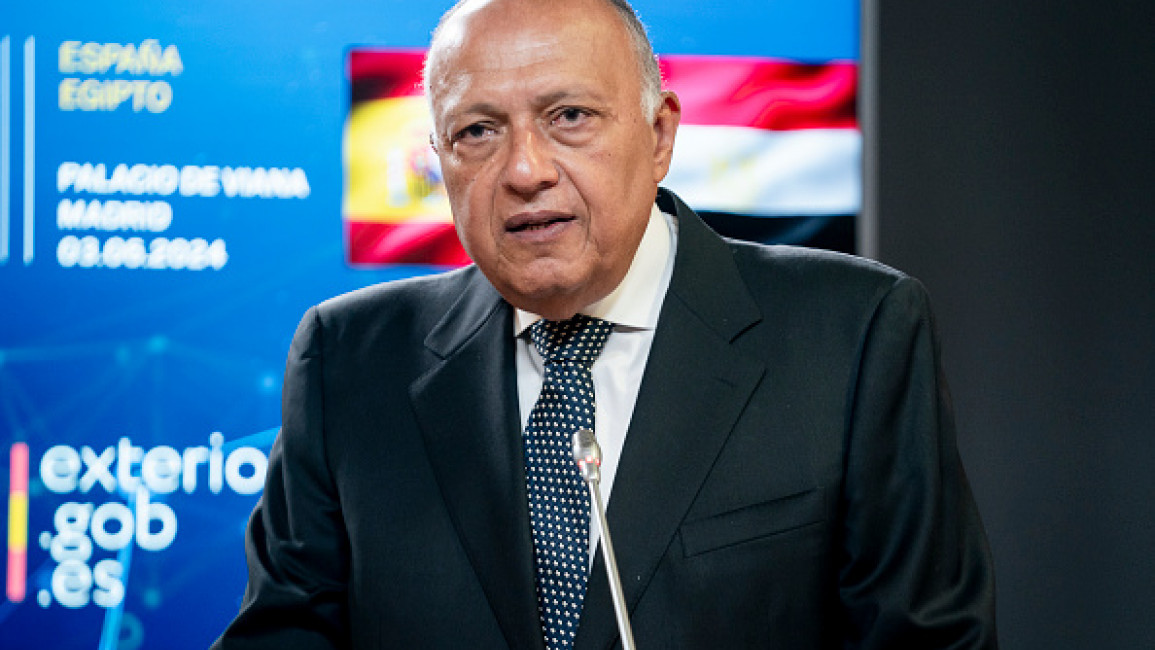For the leaders of both Hamas and Israel, ending the war in Gaza has become a deadly game of survival.
The terms on which the war finally ends could largely determine their political future and their grip on power. For Hamas leader Yahya Sinwar, even his physical survival.
It’s partly why previous negotiations have failed. It’s also why the question of how to permanently end the fighting has been put off to the last stages of the plan outlined by US President Joe Biden on Friday.
That transition between talks on a limited hostage-for-prisoner deal to discussions about a permanent ceasefire would, Mr Biden acknowledged, be “difficult”.
But it’s also where the success or failure of this latest deal is likely to hinge.
Israel’s Prime Minister, Benjamin Netanyahu, has strong domestic reasons for wanting to take this deal step by step.
Phase one, as outlined by Mr Biden, would see the release of dozens of hostages, both living and dead. That would be widely welcomed in a country where the failure to free all those held by Hamas is, for many, a glaring moral stain on his management of the war.
But Hamas is unlikely to give up its most politically sensitive hostages – women, wounded, elderly – without some kind of guarantee that Israel won’t simply restart the war once they’re home.
Leaks, quoted by Israeli media on Monday morning, suggested that Benjamin Netanyahu has told parliamentary colleagues that Israel would be able to keep its options open.
That option, to resume fighting – until Hamas is “eliminated” – is, some believe, the least Mr Netanyahu’s far-right coalition partners will demand.



